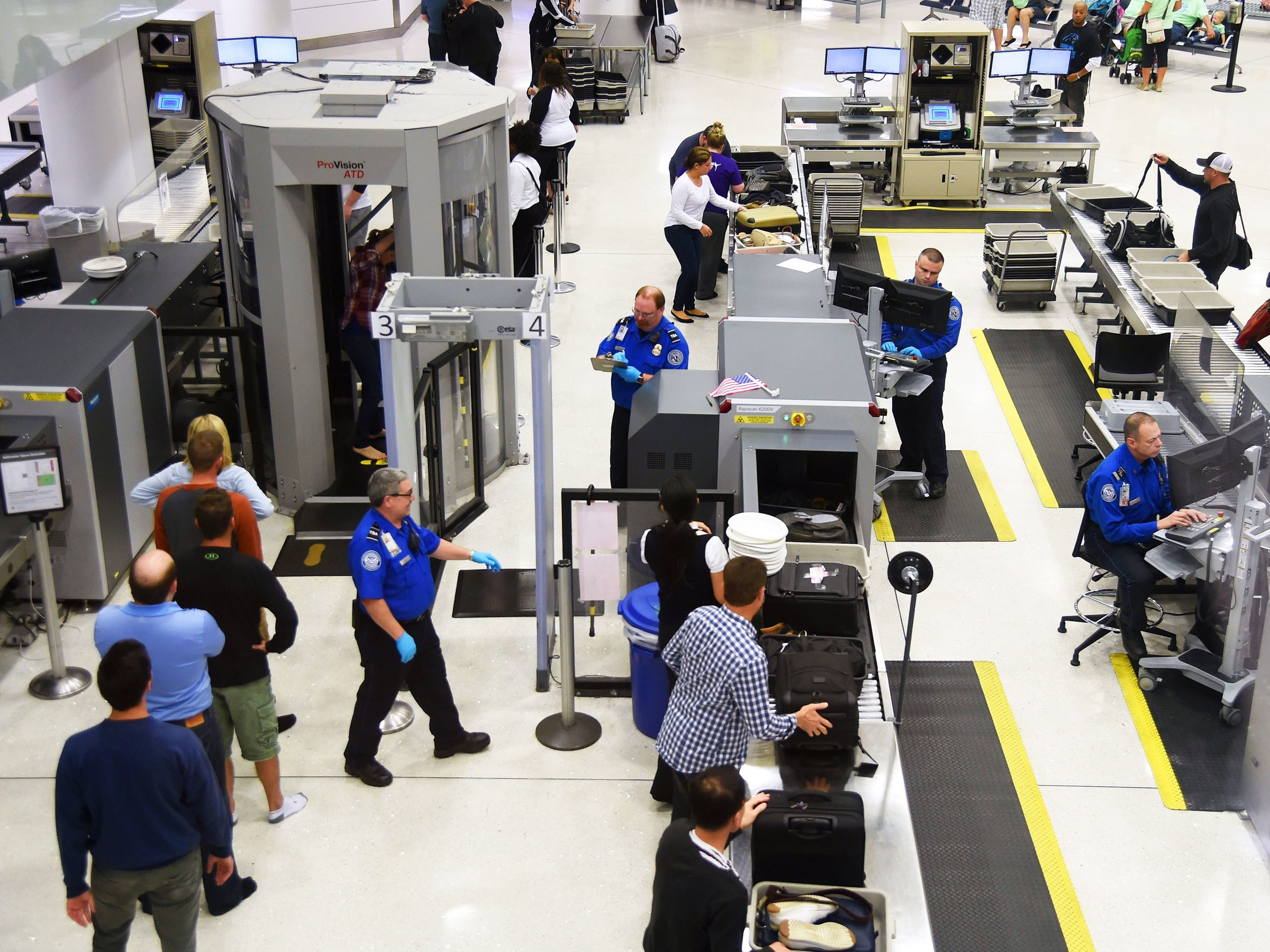
Is the Radiation from Airport Body Scanners Dangerous?
Patient concerns are often based on the warnings health care providers have issued regarding medical X-rays. The Food and Drug Administration cautions patients to undergo X-ray imaging only when strictly necessary. But should people also be concerned about the security scanners at airports?
Radiation is a general term for different kinds of moving electromagnetic energy: ionizing radiation (what X-ray machines emit) and nonionizing radiation (which includes radio and magnetic waves). The key difference between ionizing and non-ionizing radiation is the level of energy they transmit. Ionizing radiation has enough energy to knock electrons away from atoms, creating free radicals; these chemically reactive particles can damage DNA and increase people's risk of cancer.
But ionizing radiation has a real impact on our health only when received at high doses. And in airport X-ray machines, even though about half of the scanners emit ionizing radiation, the dose just isn't high enough to do bodily harm, Nelson said. (Roughly half of scanners use millimeter waves, a form of non-ionizing radiation.)
While patients may be right to be concerned about the number of medical X-rays they receive, the amount of radiation delivered by an airport X-ray is tiny in comparison. A chest X-ray exposes patients to roughly 1,000 times the radiation of an airport scanner.
Travelers are exposed to far more radiation on the flight itself, Nelson said. Every minute on a plane delivers roughly the same dose of radiation as one airport X-ray scan.
Most food contains small amounts of the radioactive molecules Carbon-14 and Potassium-40, according to NASA. In fact, many of the objects and substances we encounter daily emit radiation; the soil, cement sidewalks and buildings, and even the air we breathe are all slightly radioactive.
Compared to all that radiation, an X-ray scanner in the airport emits an insignificant amount of radiation.
 English
English Arabic
Arabic


